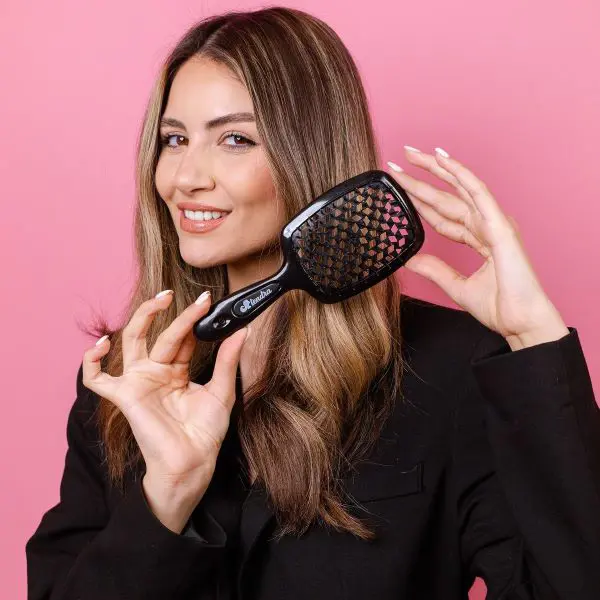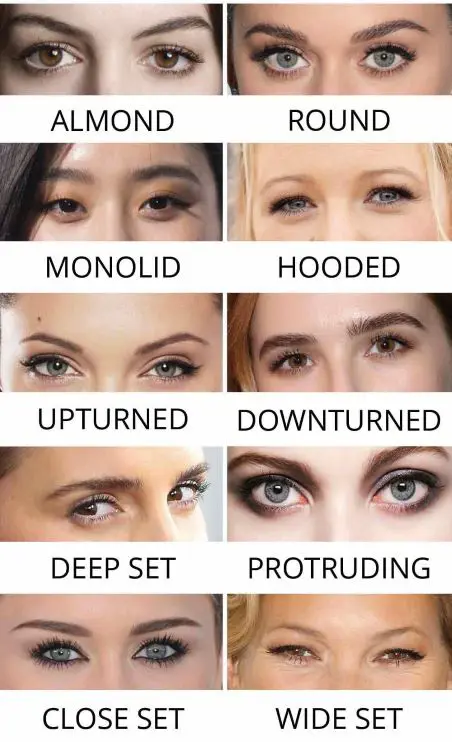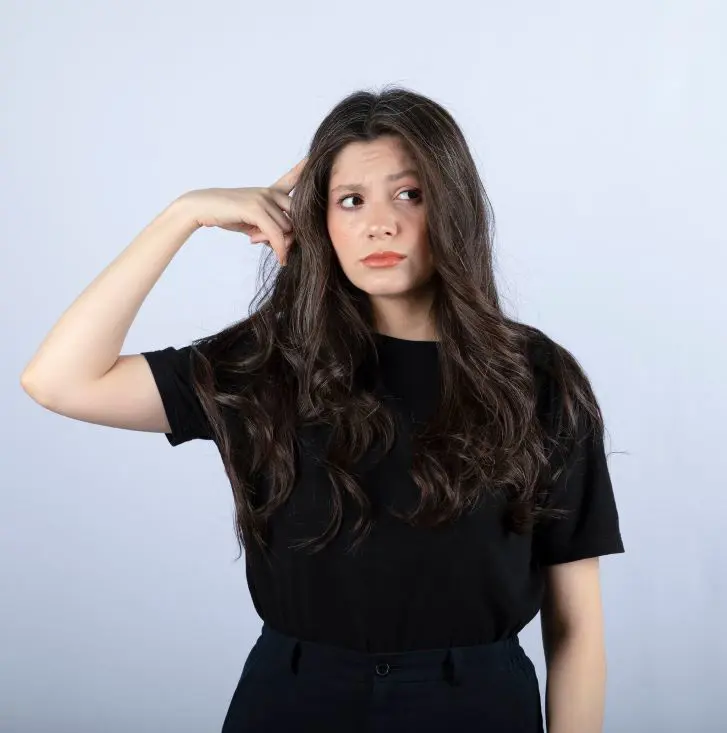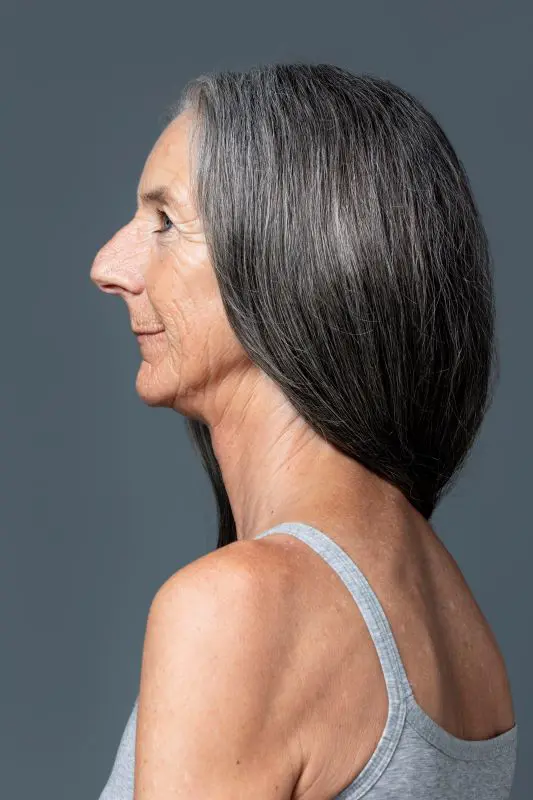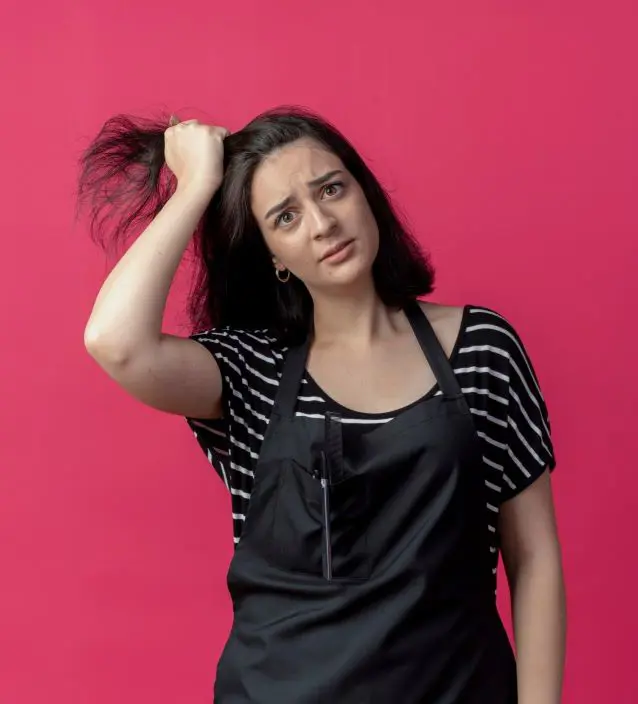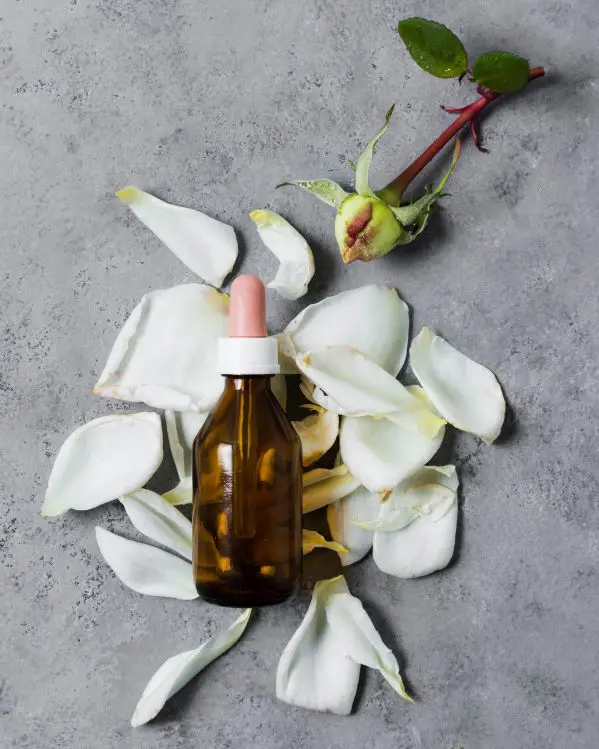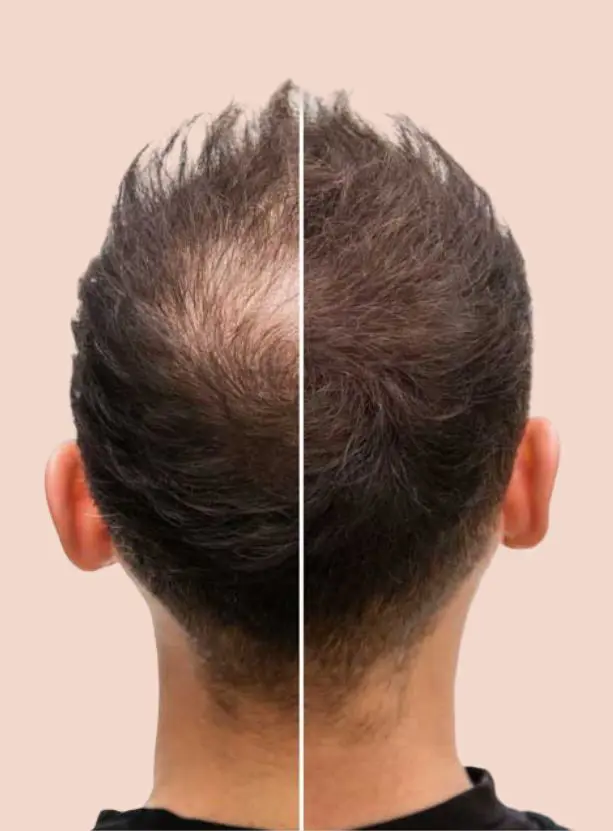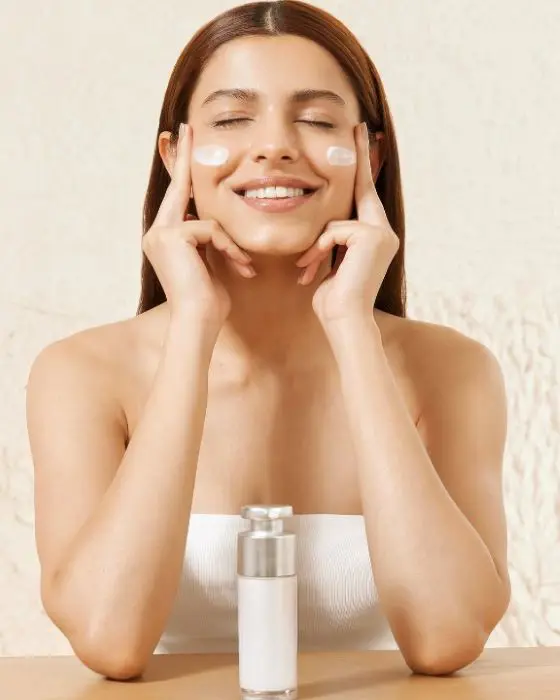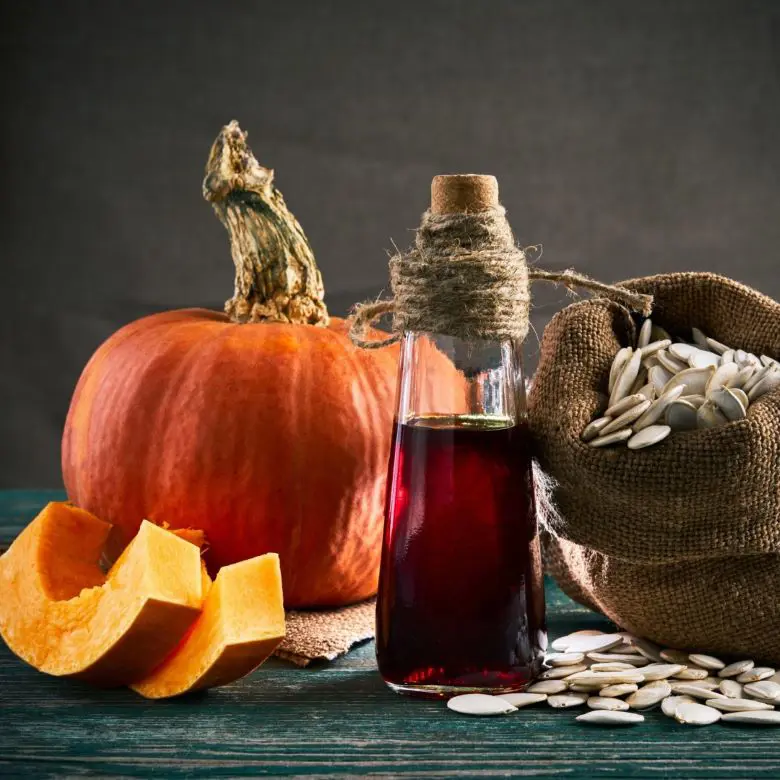Did you know your unbrushed hair completely changes your appearance? Well, it gives an impression of neglect, even if you’ve spent time on other aspects of your look.
A quick brush can make all the difference, instantly giving your style a polished and cared-for feel. So, why not brush your hair, but in the correct way?
In this article, we’ll learn when and how to brush your hair to keep it looking its best. But before that, let's dive deep into the benefits of hair brushing.
1. Detangle Your Hair
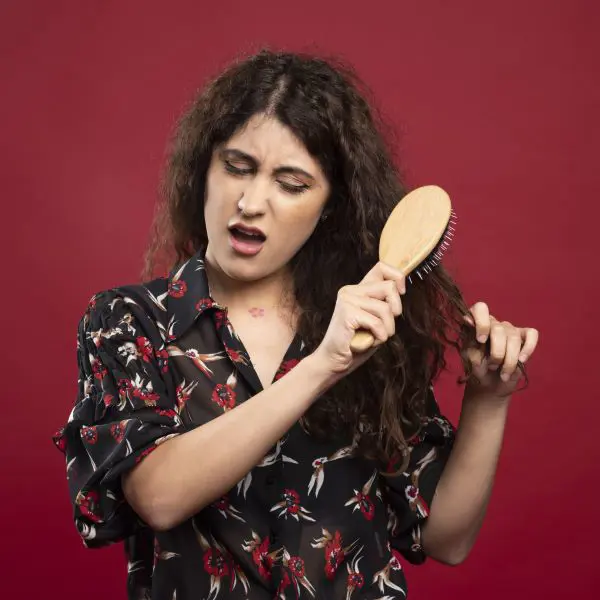
Regular detangling is essential for smooth, manageable hair. If you skip brushing daily, you might face knots that could take 10–30 minutes to untangle, depending on hair type and length. Regular brushing not only prevents tangles but also reduces stress when getting ready for work or events.
Therefore, hair brushing every day will help you avoid worrying about being late for work and other occasions.
2. Stimulates The Scalp
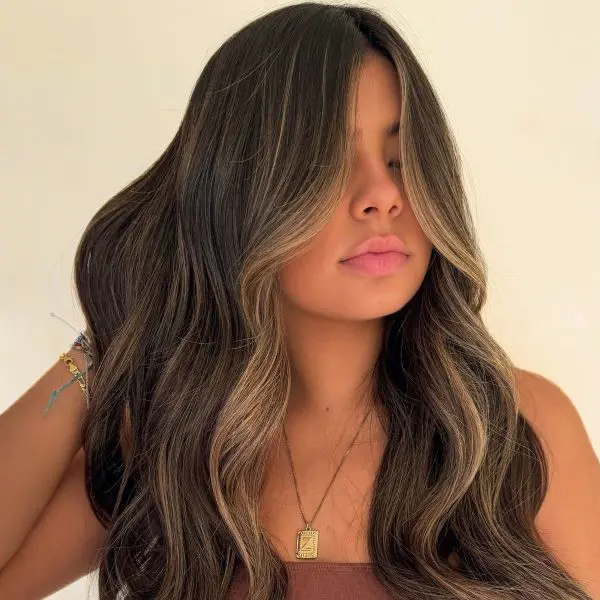
Okay, let me ask you, is brushing your hair good? Brushing the hair can help improve the rate of blood flow; likewise, it aids in activating the capillaries on the head, therefore promoting hair growth.
However, brushing hair isn’t always good, if you use it too hard, too often, or at the wrong time. It can cause different hair problems.
3. Prevent Dandruff
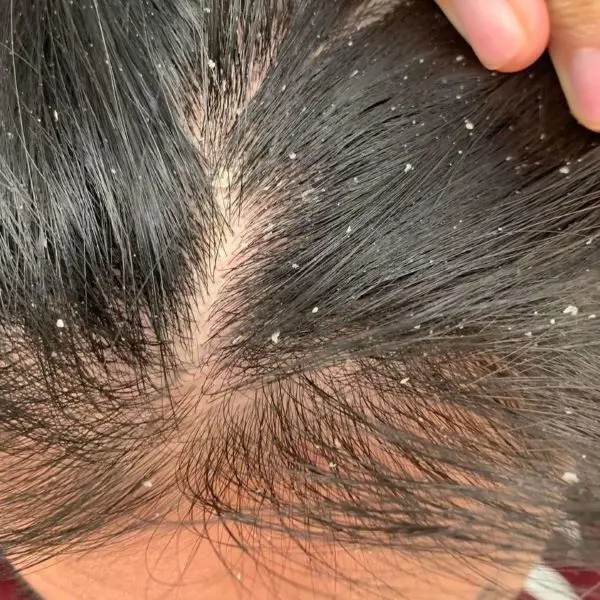
Have you ever felt sticky substances on your hair when you don't brush hair? Well, they are dead skin cells, which build-up and cause dandruff if not brushing hair.
Probably, you may know thousands of alternatives to prevent dandruff. But why don’t you consider something simple to prevent it? Like brushing your hair, it can be easily accessible and cost-effective as well.
4. Enhance Hair Growth
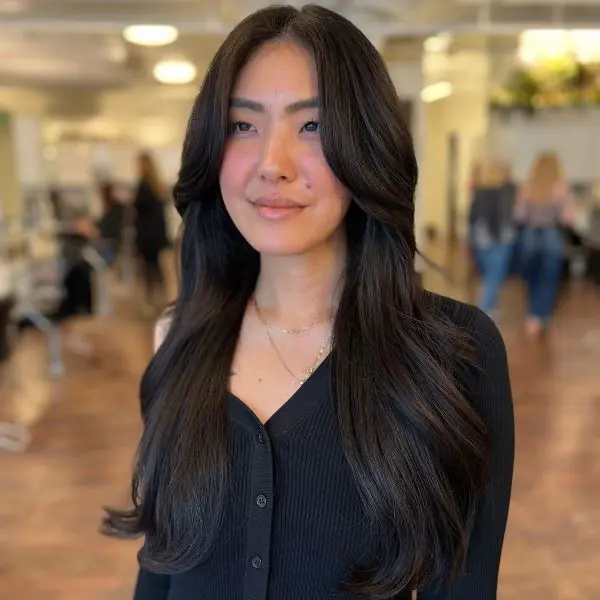
How does brushing your hair stimulate hair growth? If this is your question, know that brushing your hair can increase the blood flow. Also, it can remove dirt and oil.
When hair is clean, it provides a space to breathe, which results in growing your hair. So, to promote hair growth, brush your hair twice a day.
5. Reduce Frizz
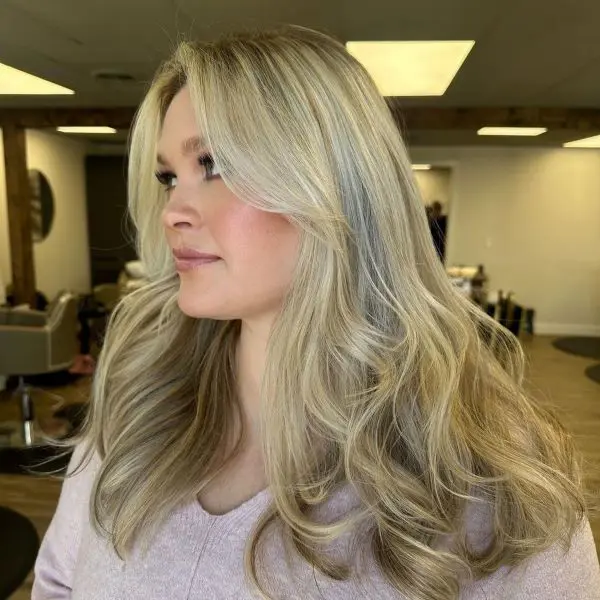
Not brushing hair? Guess, you’re welcoming frizziness, but also wondering whether or not you’re welcoming those judgments along with frizziness. Guess not, right?
In order to keep those comments away, all you have to do is keep your hair clean and healthy by brushing your hair.
6. Proper Oil Distribution
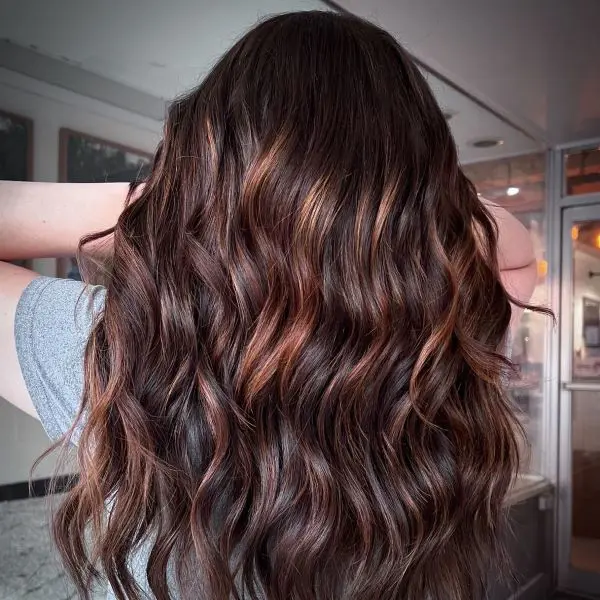
It's not just about the oily scalp but also how the oil gets distributed. If you have thick hair, you can probably relate it because when someone has thick hair, it takes longer for the natural oil to reach the ends.
At that moment, when you brush your hair, the oil slowly slides down to the tips. This results in shiny, healthy, and hydrated hair
7. Reduces Build-Up
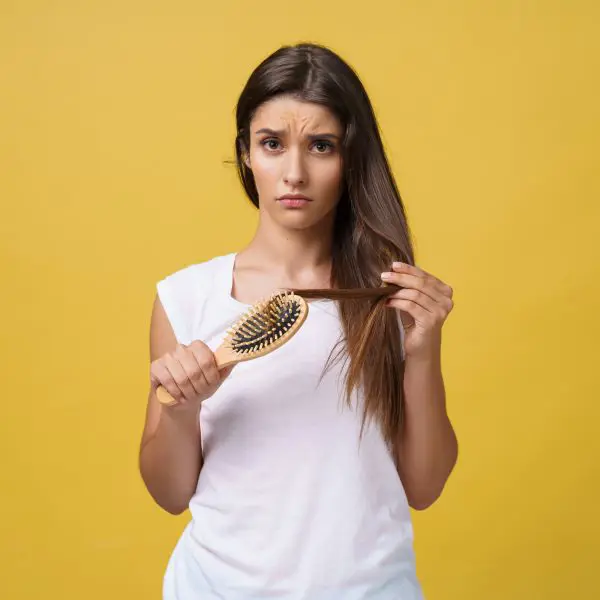
While everyone looks for a beautiful appearance, they often forget to remove dirt particles at the end of the day, which leads to an increase in impurities.
To minimize this, simplify your hair-washing ritual by brushing your hair.
8. Helps With Styling
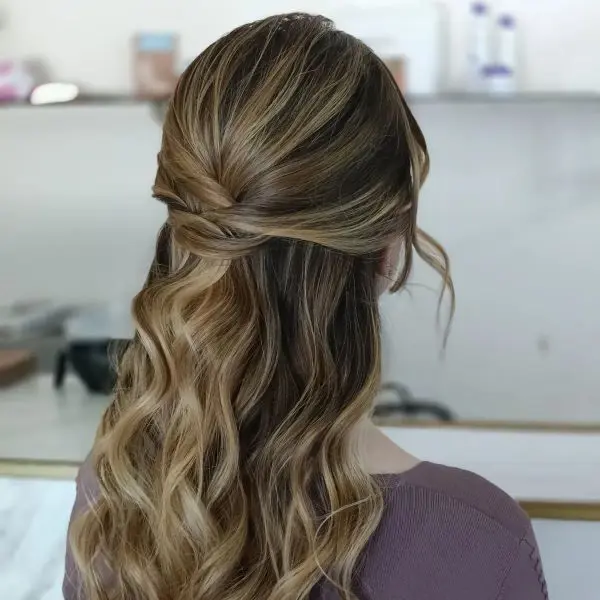
Brushing hair is an important skill for pulling together any hairstyle. You might wonder, it does make the styling process easier whether you are striving for a ponytail, half-up style, or any other style.
Brushing makes your styling easier along with ensuring your mane looks best by guiding your strands in the right direction.
9. Enhance Volume and Shine
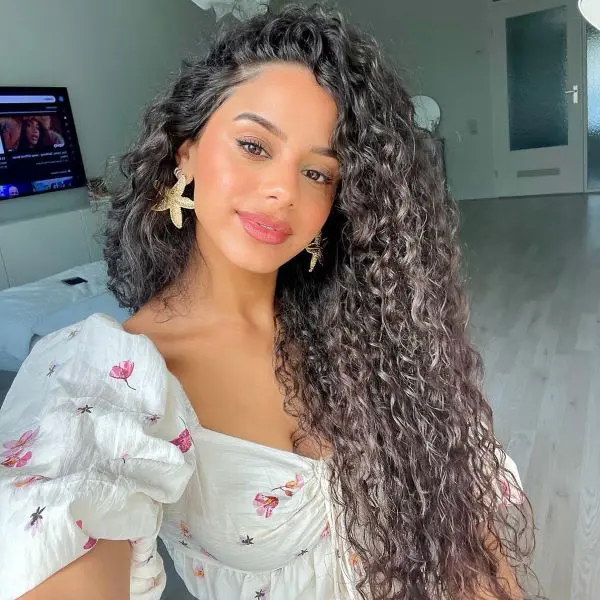
Not just brushing helps you in hair growth it also equally helps in enhancing hair volume and shine. You might be wondering how?
Well, it is because a healthy and fuller-looking head of hair can be achieved by brushing because it distributes natural oils and increases blood flow.
10. Relieves Stress And Tension
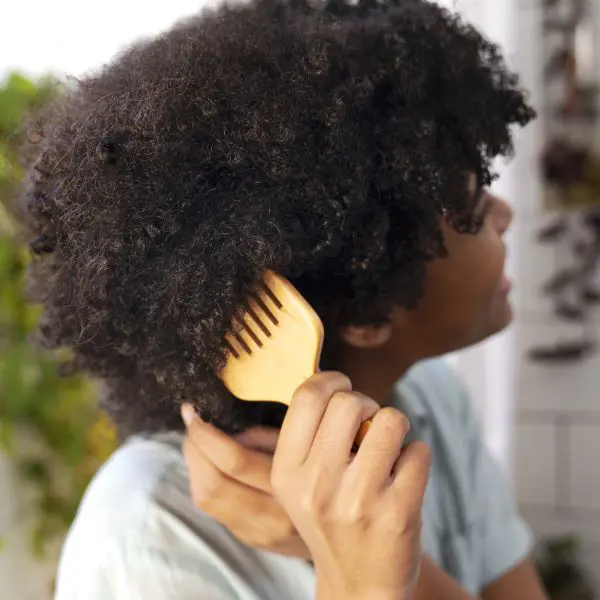
Little did you know while brushing you are actually massaging the scalp which in turn triggers the nerves and releases endorphins to reduce stress and calm the brain.
So, caring for your own hair, for instance, spending five or ten minutes brushing may turn into a pleasant relaxing activity that will improve your mood.
How To Brush Your Hair Properly?
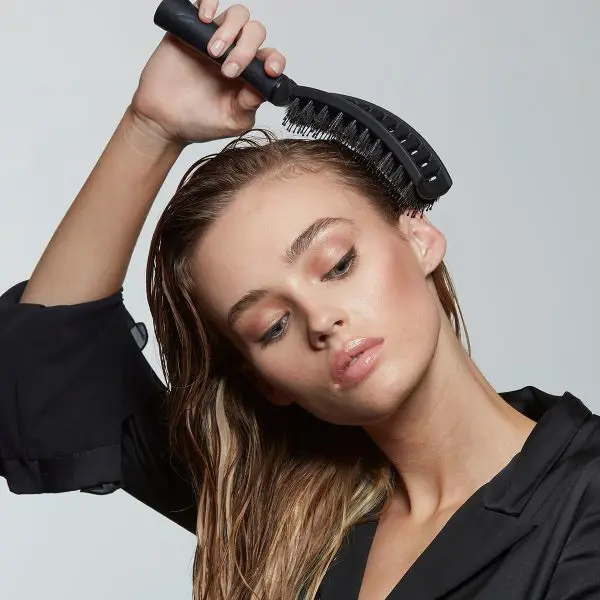
Of course, knowing the benefits of brushing your hair is a plus point, but it will be worthless if you don't know how to do it properly. For a reason, brushing hair is more than just running a brush through it. So, here are some ways that will help you.
-
Choose The Right Brush
Since there are different types of hair, the brush type varies accordingly and it matters a lot. So why don't you consider using a wide-tooth comb or detangling brush for wet hair to avoid breakage?
Similarly, boar-bristle brushes are great for distributing natural oil. Meanwhile, paddle brushes are better for detangling straight or wavy hair. So, choose your brush wisely.
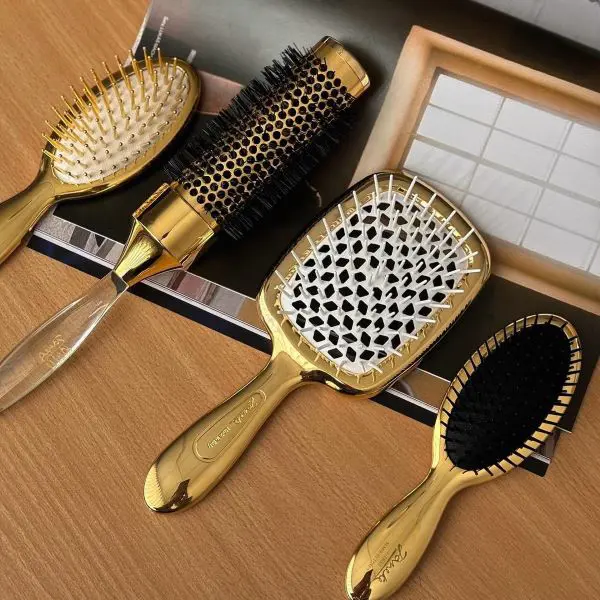
-
Start From The Bottom
Generally, how do you brush your hair? Well, if you start at the root, then you’re developing breakage in your hair, especially if you have knots or tangles.
Therefore, always start brushing at the ends of your hair. Once the ends are smooth, move up a few inches and brush again, repeating until you reach the roots.
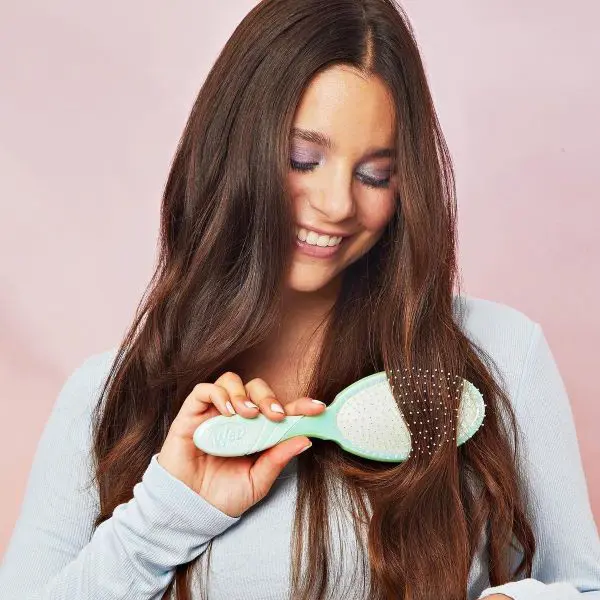
-
Be Gentle with Wet Hair
Brushing wet hair is a vulnerable task because it becomes weak when it is wet. Thus, if you need to brush hair after washing, use a gentle detangling tool or your fingers to loose knots.
In short, avoid vigorous brushing, which can lead to damage and split ends.
-
Brush in Sections
Thicker and longer hair looks astounding in people but when it's time for brushing hair, they always find it difficult because of the same reason.
So, if you have thick or longer hair, it is better to divide it into smaller sections and brush each one separately. This technique will ensure every strand is detangled and helps prevent pulling on the roots.

-
Brush Regularly, But Not Too Much
Yes, brushing regularly is good but you never know when it will turn into a threat. Because over-brushing can lead to frizz and damage. So, brush your hair twice and see how brushing your hair make it grow.
-
Clean Your Brushes Regularly
Some residue and oils you get on brushes when painting accumulate over time. So, your brush should be cleaned at least once a week to ensure the bristles are free from hairs that can get trapped from your hair and transfer to it.
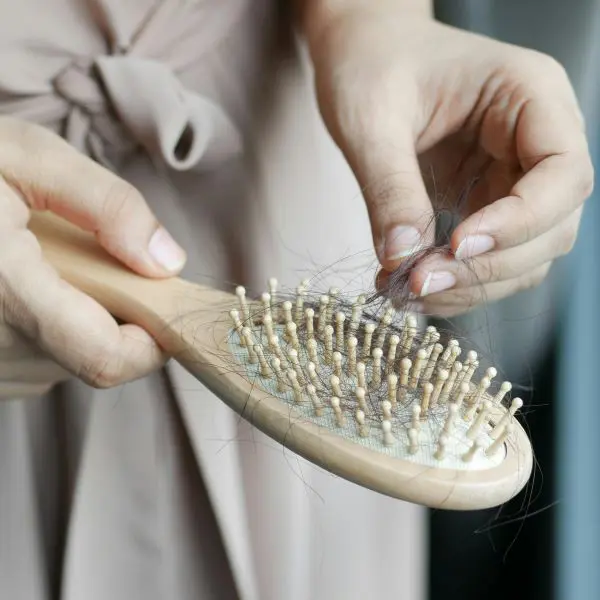
When To Brush Hair?
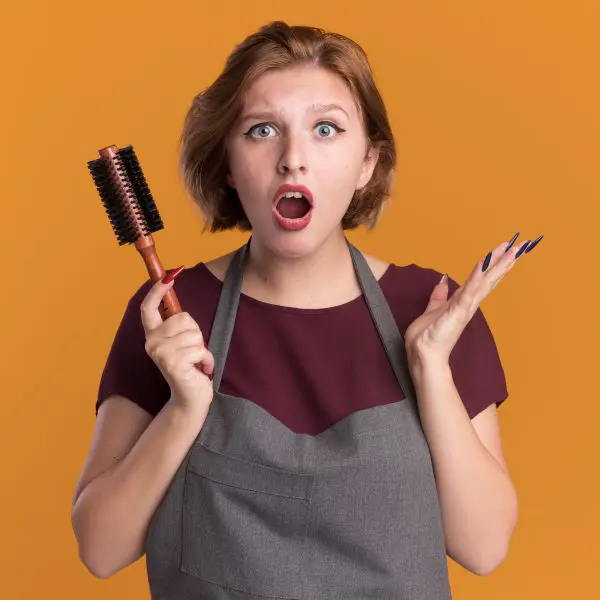
Knowing when to brush your hair can improve its health, prevent damages,and keep it looking its best. Here are the best times to brush:
-
Morning Brushing For Shine And Smoothness
Brushing in the morning should be done in order to untangle them and smoothen them if they have formed during the night. Besides, in the morning when you brush your hair, it also blends the natural oil of the scalp throughout the length of your hair giving it a natural sheen and conditioning.
-
Evening Brushing to Relax and Condition
Sure, brushing your hair before bedtime not only helps to untangle hair mass but also ensures it is free from debris such as dust, skin, or any products that may have accumulated in the hair throughout the day.
This can be effective in preserving the scalp moderately free from dirt hence promoting hair healthy environment. Brushing at night is also helpful for stimulating the scalp; increased blood flow equals hair growth over time.
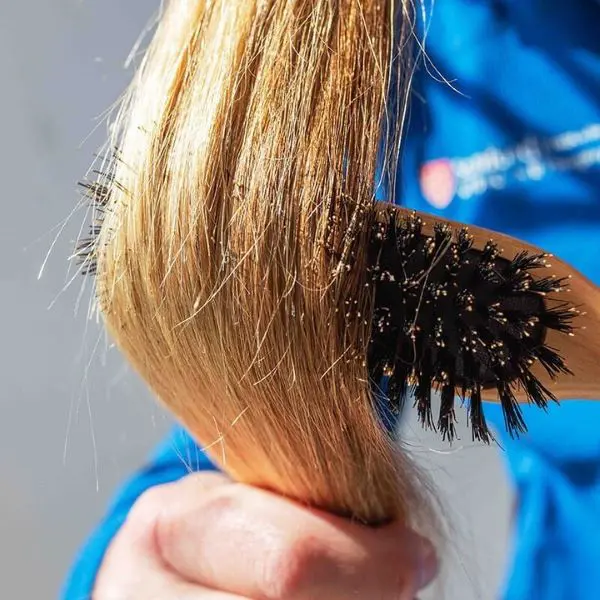
-
Post-Exercise Brushing for Hygiene and Tangle Prevention
Any kind of physical activity especially if the individual sweats, a session of brushing your hair can help a lot. If it is done after working out, any hair strands that have clumped together are brushed out and then the oil settles evenly unlike creating a tangled mess.
This keeps hair fresh and healthy, especially if you tend to wear hats or tight hair bands while working out.
-
Pre-Shower Brushing For a Deeper Clean
Brushing your hair before showering works to pave the way and remove the dirt, particularly from dead skin and product residues on your scalp. This can enhance the effectiveness of your shampoo because your head can be fresher and healthier.
If you take a few minutes before getting a shower you can find a big difference in how your hair feels and looks after washing it.
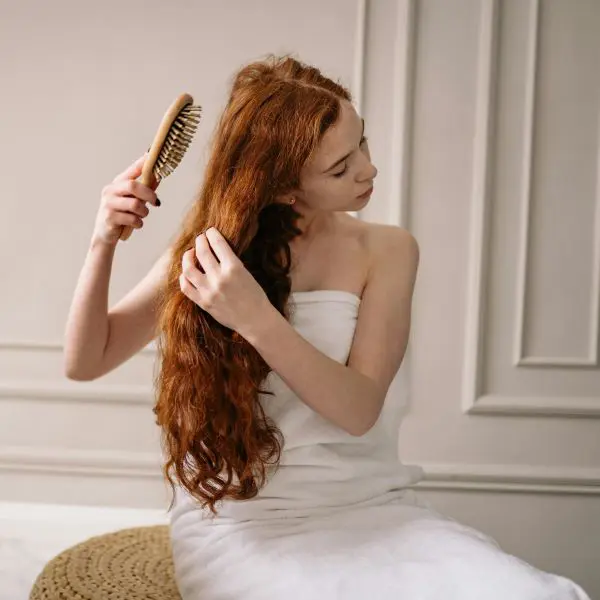
-
Brushing Wet Hair with Caution
Brushing wet hair carefully also helps prevent future damage that could make your hair frizzy or prone to splitting. This can help your shampoo work better because all the grime on your head is parted rather than clumped together helping your scalp be fresher and healthier.
While some people might not take time to stroke their hair before taking a shower, doing so can be advantageous and make a lot of difference when you wash the hair.
Types of Hairbrushes According To Hair Type
Fine or Thin Hair
Boar-bristle and Cushion brushes are gentle, distributing natural oils effectively to add shine, volume, and prevent breakage.
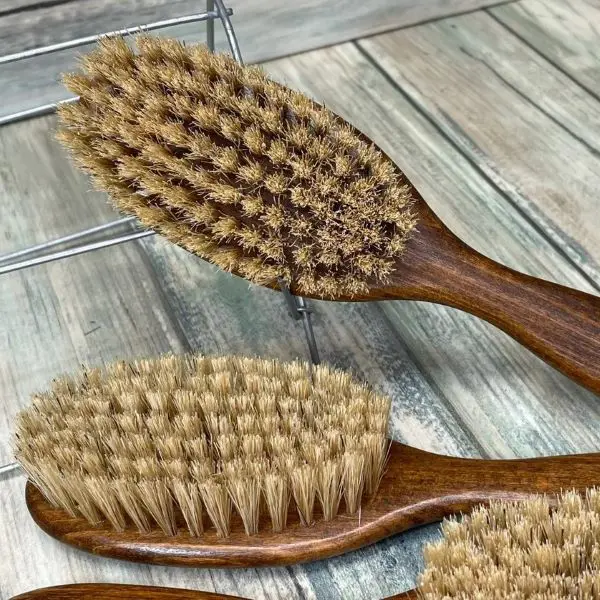
Thick or Coarse Hair
Paddle and mixed-bristle brushes help detangle thick hair, smoothing it out while minimizing frizz for a polished look.
Curly or Wavy Hair
Wide-tooth combs and Denman Brushes detangle and define curls, preserving shape and reducing frizz for enhanced curl definition.
Straight Hair
Paddle brush and round brushes keep straight hair sleek, adding volume or soft curl for a stylish finish.
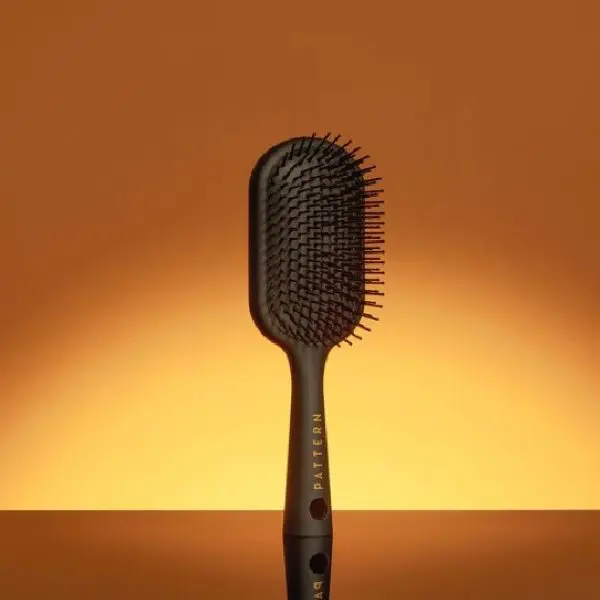
Damaged or Fragile Hair
Soft Bristle and detangling brushes are gentle on weak areas, reducing breakage while handling knots in wet or dry hair.
Natural or Textured Hair
Boar-bristle and shower detangling brushes preserve moisture, making textured or natural hair manageable while retaining hydration.
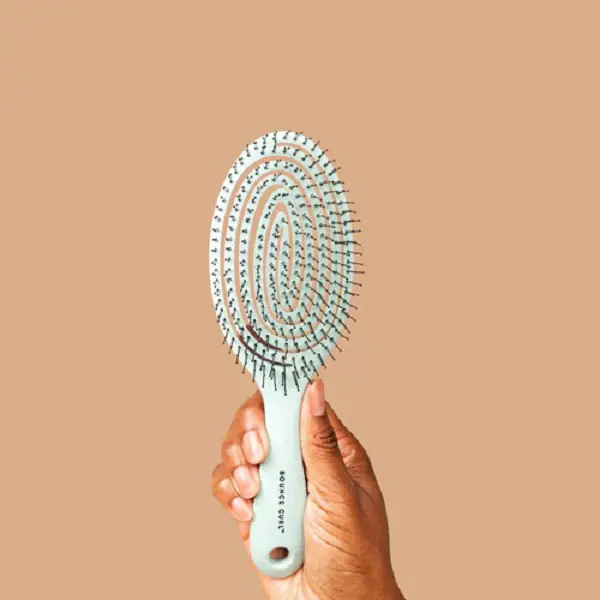
Takeaways
Choosing the right brush and brushing at the right times keeps hair manageable, healthy, and styled with ease.


